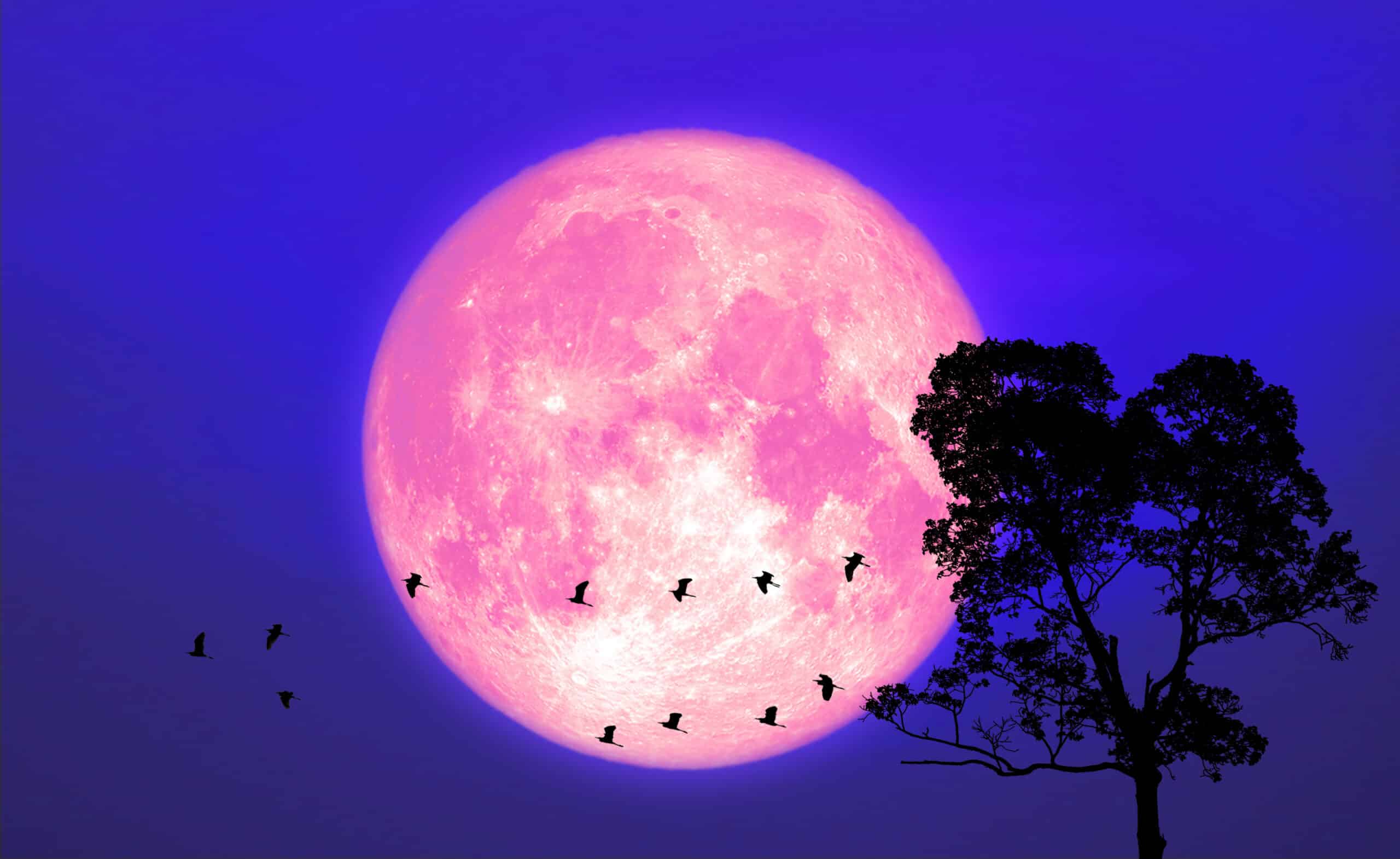May’s full moon, known as the Flower Moon, will reach its fullest phase on Thursday, May 23, and will shine brightly close to the star Antares. This celestial event offers an opportunity to observe the moon in all its glory on multiple days, as it will also appear bright and nearly full on both Wednesday and Friday.
Celestron – SkyMaster Giant 15×70 Binoculars are perfect for observing the Flower Moon and its stellar companion, Antares. These binoculars offer high magnification and large apertures, making them ideal for stargazing and lunar observations.
The Flower Moon earns its name from the abundant blooms that grace the Northern Hemisphere during the month of May. According to Timeanddate.com, this period is marked by a burst of floral beauty, hence the evocative name. However, the Flower Moon is known by several other names across various cultures. These include the Milk Moon, reflecting the season of increased milk production; the Mothers’ Moon, symbolizing fertility and maternal qualities; the Bright Moon, highlighting its luminance; the Hare Moon, in reference to the mating season of hares; and the Grass Moon, indicative of the grass growth spurt. In the cultural context of many Anishinaabe, or Ojibwe, Indigenous people of the Great Lakes region, it is called Nimebine Giizis, or Sucker Moon, a name that carries significant cultural and seasonal meaning, as noted by the Center for Native American Studies.
To capture the beauty of the Flower Moon and the blooming season, consider using the Canon EOS Rebel T7 DSLR Camera. With its high image quality and ease of use, this camera is perfect for both amateur and experienced photographers.
The Flower Moon reaches its peak fullness at 9:53 a.m. EDT on May 23, meaning there won’t be an ideal twilight moment to witness its rise this month. On the evening of Wednesday, May 22, the moon will rise just before the sun sets, presenting a beautiful scene as it ascends in the twilight sky. Conversely, on Thursday, May 23, the moon will rise about 50 minutes after sunset, offering a different viewing experience as it emerges in the deeper darkness of the night. For the best viewing experience, check the specific moonrise and moonset times for your location. Find an observation spot with a clear, unobstructed view of the eastern horizon to fully enjoy the spectacle.
For those interested in stellar companions, the Flower Moon’s proximity to Antares, the brightest star in the constellation Scorpius, provides a unique viewing opportunity. On the night of Thursday, May 23, look for Antares to the lower left of the full moon as it rises. This red supergiant star stands out with its distinct red hue, especially when viewed through stargazing binoculars or a small telescope. Antares is one of the few very bright stars that the moon appears close to during its orbit, making this an exceptional sight for astronomy enthusiasts.
Looking ahead, the next full moon will be the Strawberry Moon, occurring on Friday, June 21. This full moon is named for the strawberry harvest season in the Northern Hemisphere. The Strawberry Moon is significant as it marks the first full moon of summer in the Northern Hemisphere and winter in the Southern Hemisphere. This year, it will be especially noteworthy as it will appear just one day after the 2024 summer solstice, the longest day of the year. This timing provides a perfect opportunity to celebrate the change of seasons with a sky-gazing event.
For those who enjoy a picnic while stargazing, the ONIVA – Picnic Time Brand Picnic Blanket Tote XL is perfect for setting up a comfortable viewing spot under the stars.
The Strawberry Moon, with its warm seasonal connotations, will be a delight to observe, providing a fitting celestial spectacle to mark the transition into summer. Its timing with the summer solstice makes it an even more magical event, as the moon will be visible in the twilight sky for an extended period, thanks to the prolonged daylight.
Whether you’re an avid stargazer or just someone who enjoys the occasional look at the night sky, the upcoming full moons offer wonderful opportunities to connect with the natural rhythms and beauty of our world. So, mark your calendars, prepare your viewing spots, and enjoy the mesmerizing display of the Flower Moon and the Strawberry Moon.

